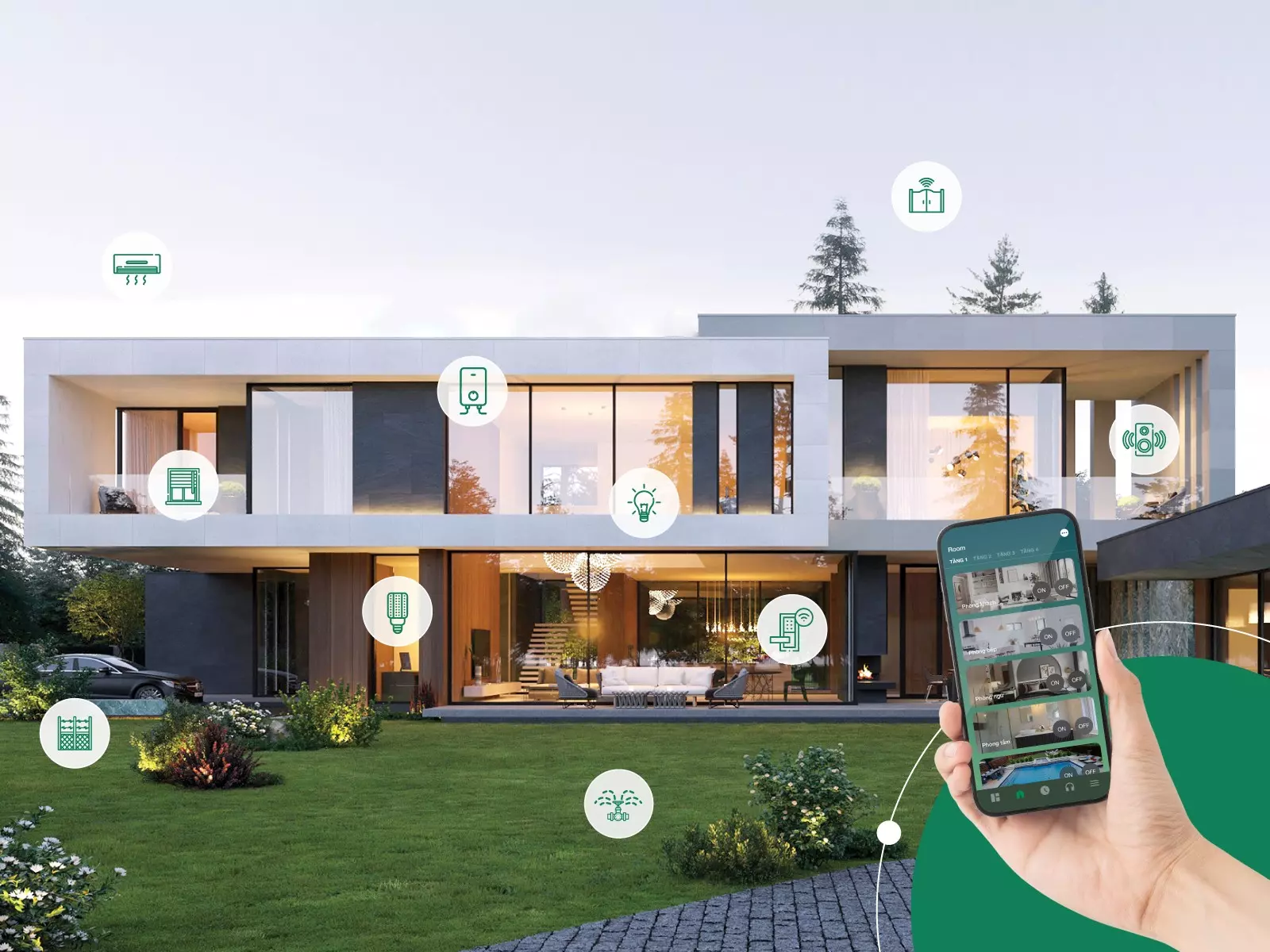In this digital age, smart homes have become a revolutionary concept, transforming the way we live and interact with our living spaces. By seamlessly integrating technology into our homes, we can enhance convenience, security, and energy efficiency. In this article, we will delve into the three key components that make a smart home truly intelligent and explore their significance in creating a connected and automated living environment.
- Smart Devices and Sensors:
At the heart of a smart home lies a network of interconnected devices and sensors. These devices, ranging from smart thermostats and lighting systems to voice-controlled assistants, enable homeowners to control and monitor various aspects of their homes remotely. By leveraging the power of the Internet of Things (IoT), these devices can communicate with each other, collect data, and respond intelligently to user commands. For instance, a smart thermostat can learn your temperature preferences and adjust the heating or cooling accordingly, optimizing energy consumption and reducing costs. - Home Automation Systems:
Home automation systems act as the brain of a smart home, orchestrating the seamless integration and control of various devices and functions. These systems utilize advanced algorithms and artificial intelligence to automate routine tasks, making our lives more convenient and efficient. For example, a home automation system can automatically adjust the lighting, temperature, and audiovisual settings based on your preferences or the time of day. It can also integrate with security systems, allowing you to remotely monitor and control access to your home, ensuring peace of mind even when you're away. - Data Analytics and Machine Learning:
The true power of a smart home lies in its ability to learn and adapt to our needs and preferences. Data analytics and machine learning algorithms play a crucial role in this aspect. By analyzing the vast amount of data collected from various sensors and devices, smart homes can gain insights into our behavior patterns, preferences, and habits. This knowledge enables them to anticipate our needs and automate processes accordingly. For instance, a smart home can learn your daily routine and automatically adjust the lighting and temperature in each room to create a comfortable and energy-efficient environment.
Conclusion:
As technology continues to advance, smart homes are becoming more sophisticated and capable of transforming our living spaces into intelligent ecosystems. By understanding the three key components of a smart home - smart devices and sensors, home automation systems, and data analytics with machine learning - we can harness the full potential of this technology. From enhancing convenience and security to optimizing energy efficiency, smart homes are revolutionizing the way we live, making our lives more comfortable, efficient, and sustainable.



